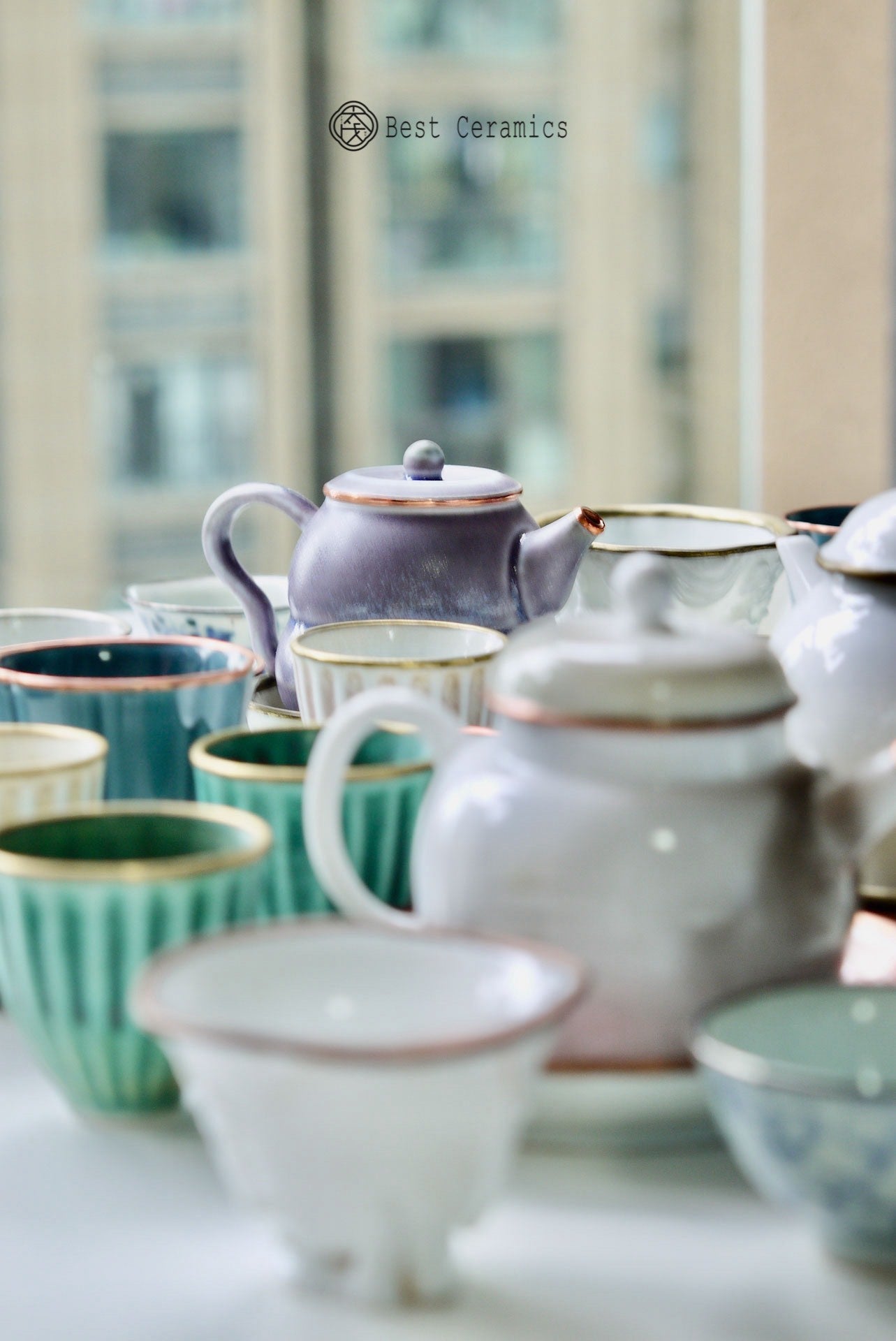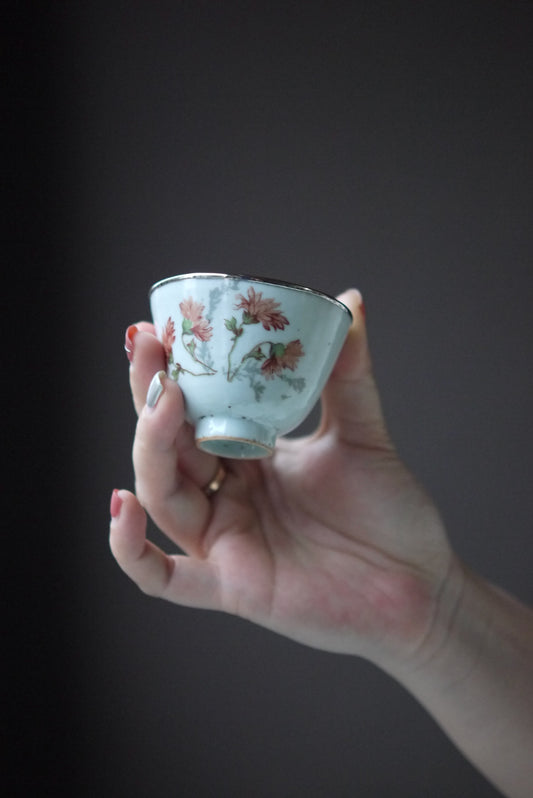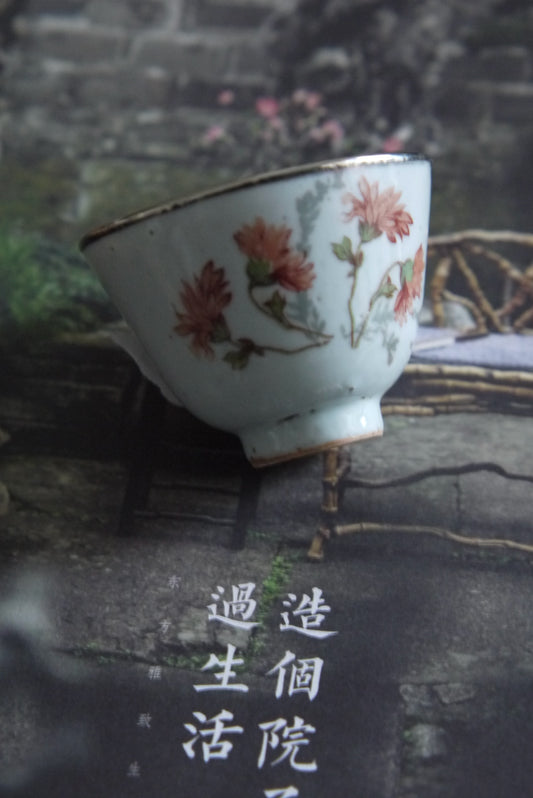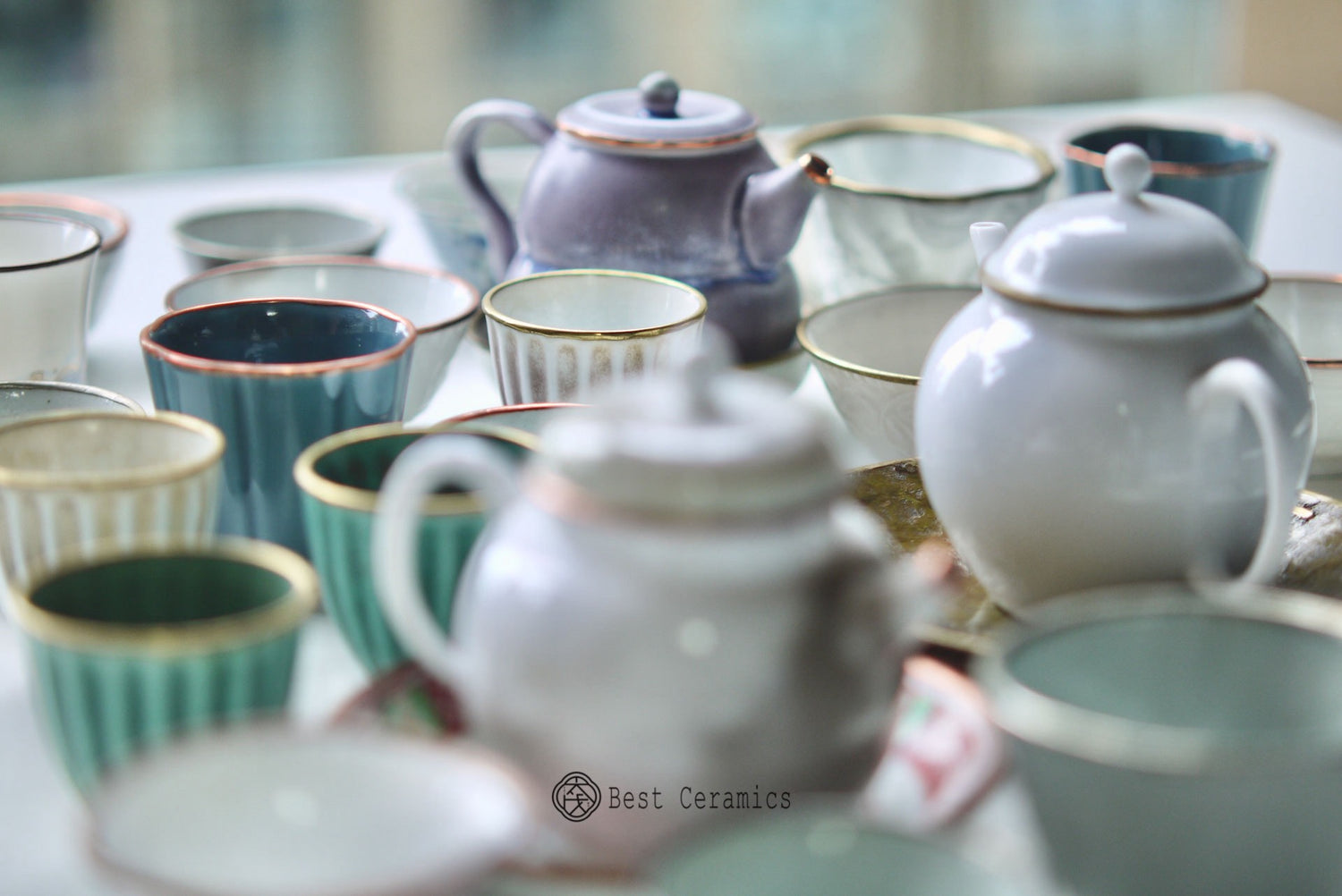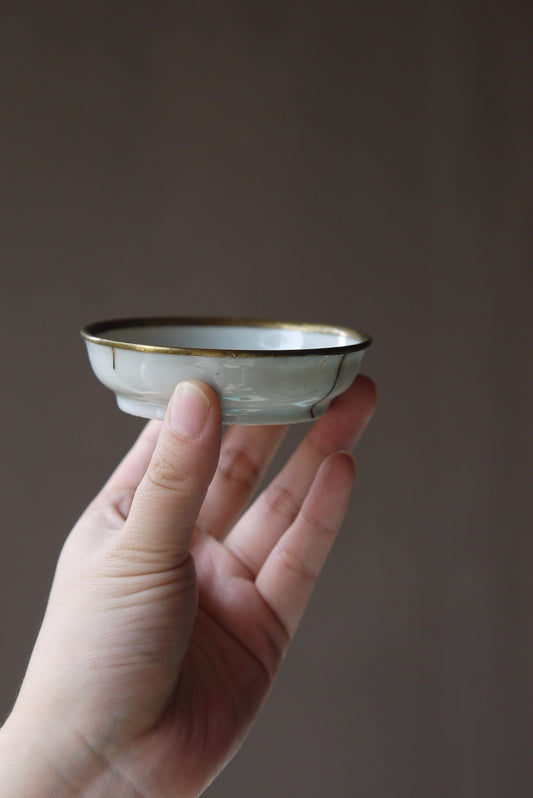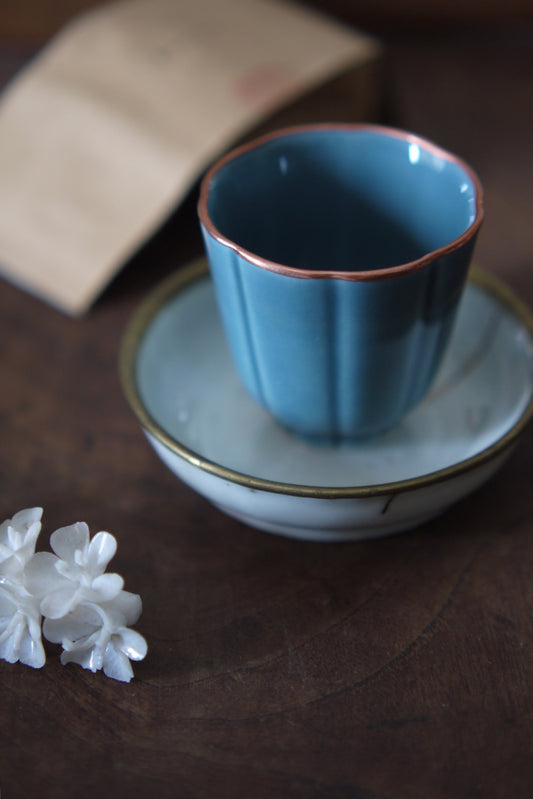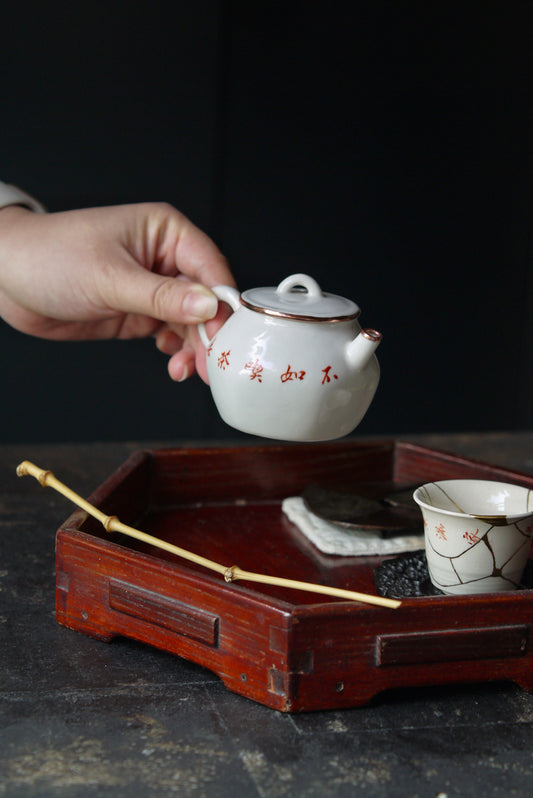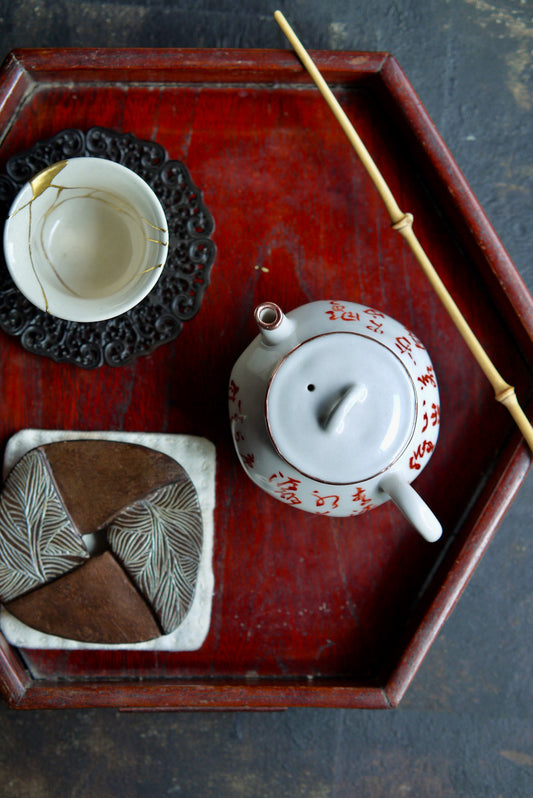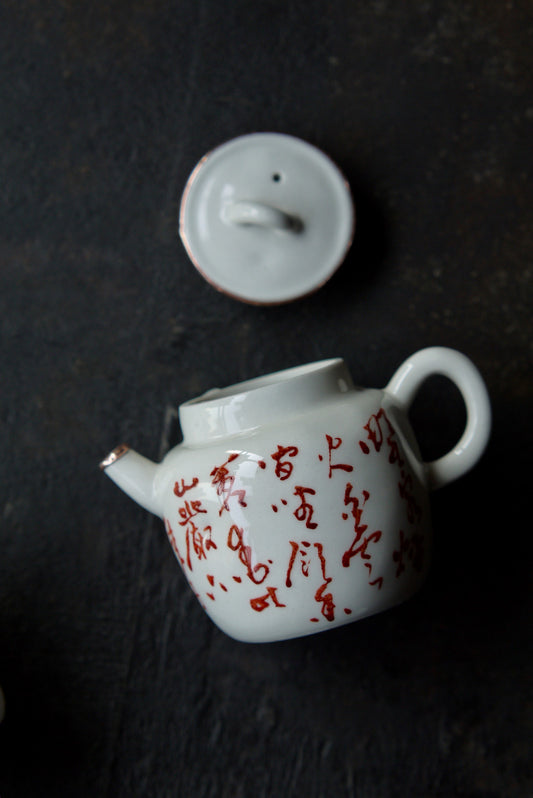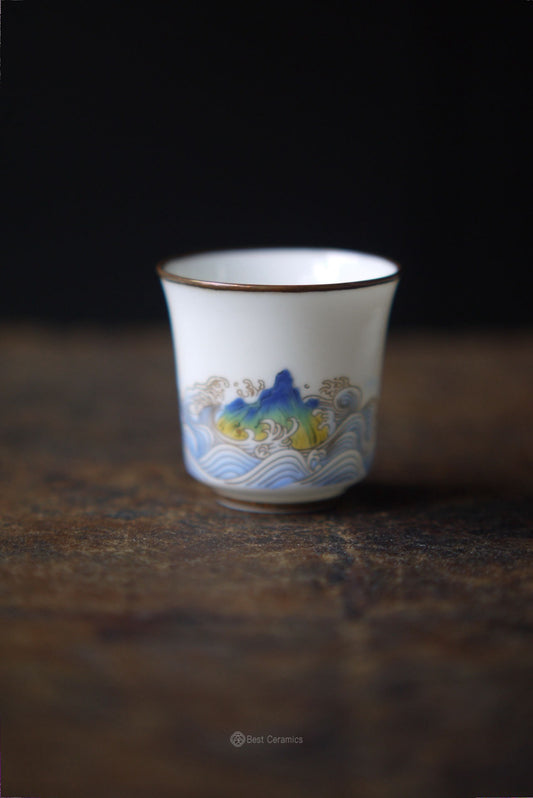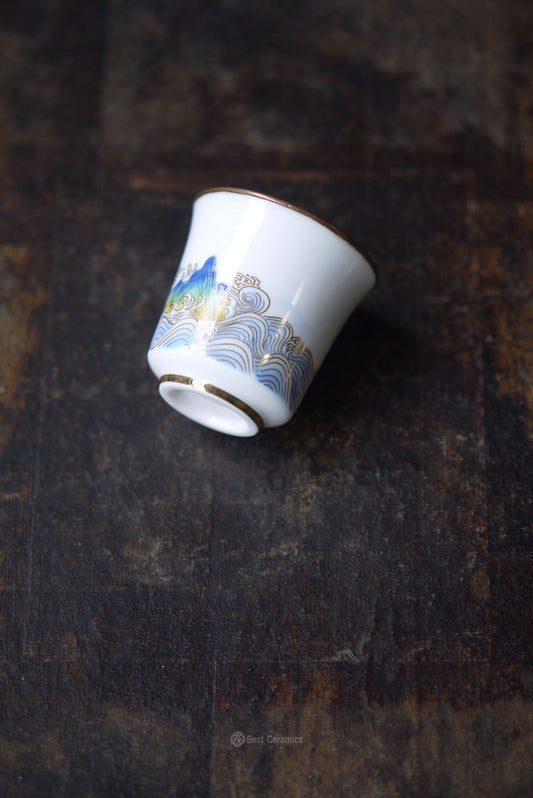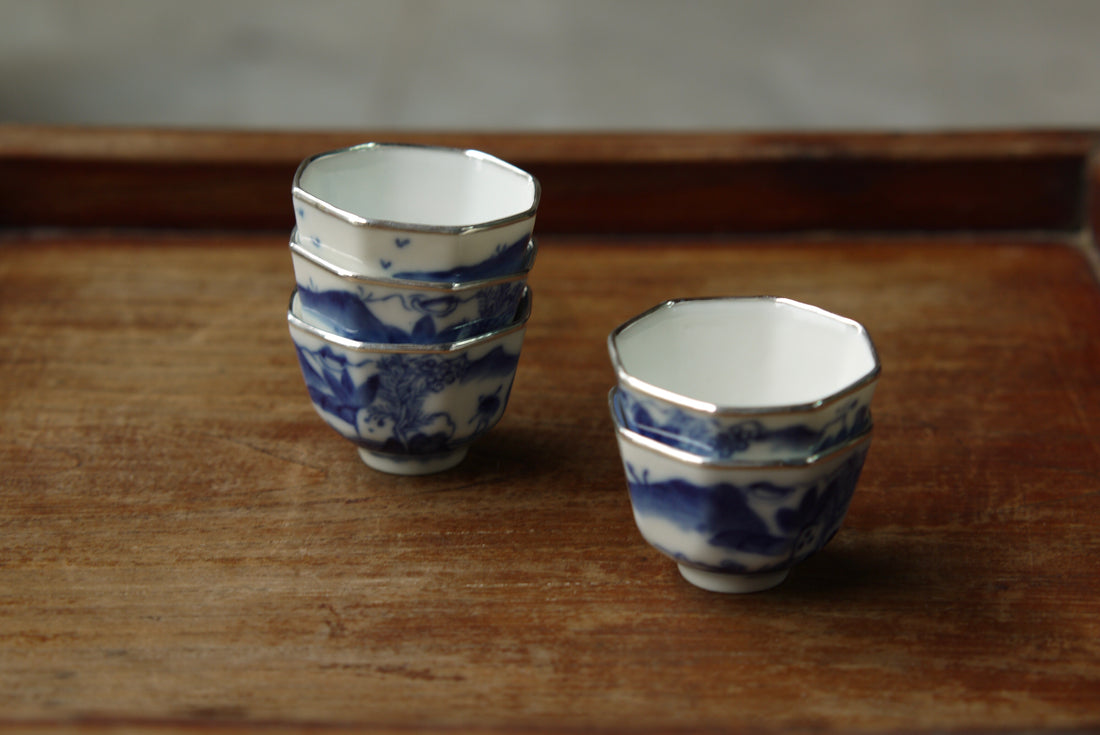
"Kou": Unveiling the Artistry of Metal-Wrapped Elegance
YuanKevinShare
Rooted in the annals of ancient Chinese craftsmanship, "Kou" is a decorative technique that involves wrapping the rim of porcelain with metal. Originating in lacquerware and later introduced to the realm of ceramics, its purpose extends beyond mere aesthetics to enhance both the robustness and visual appeal of the porcelain. Moreover, it serves as a symbol of status and prestige.
Classified into gold, silver, and copper Kou, each metal carries distinct hierarchical implications. In the Song Dynasty, gold Kou was exclusive to the Emperor, while silver Kou adorned the possessions of the Empress and high-ranking officials.
The flourishing of Kou commenced during the Tang Dynasty, reaching its zenith in the Song Dynasty. Major kilns of the time competed in producing ceramics embellished with this intricate metalwork, with the gold-adorned pieces from Ding Kiln gaining particular renown.
Regrettably, the art of Kou gradually faded after the Yuan Dynasty, and today it is a rare find. Nevertheless, it stands as a gem within the tapestry of traditional Chinese craftsmanship, a legacy worthy of preservation.

